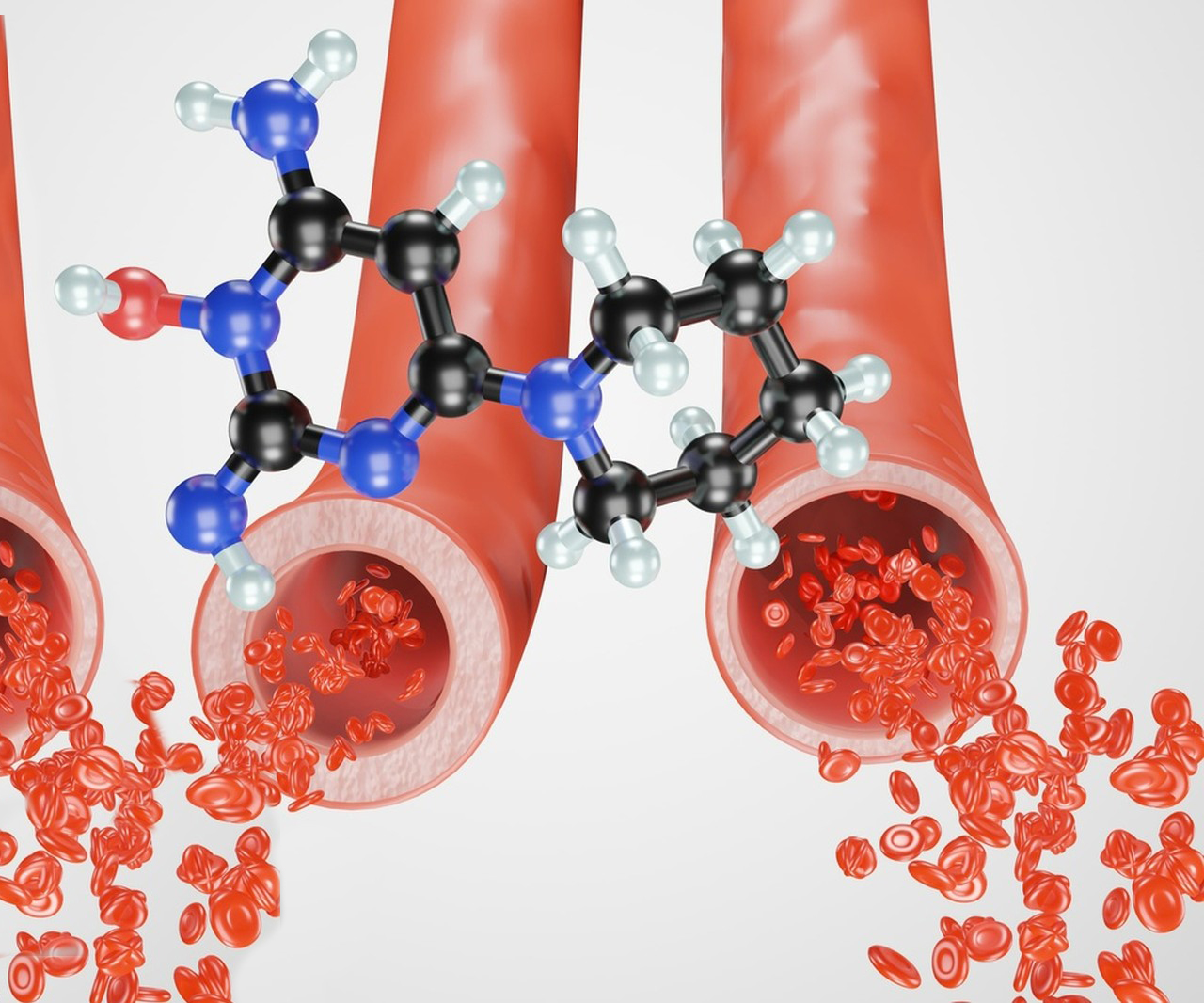Minoxidil is a medication primarily used to treat hair loss conditions, such as male and female pattern baldness (androgenetic alopecia). Here is a comprehensive overview of Minoxidil, including its history, mechanism of action, uses, side effects, and more:
1.History:
- Minoxidil was originally developed in the 1950s as an oral medication to treat high blood pressure (hypertension).
- During clinical trials for hypertension, researchers noticed that some patients experienced increased hair growth as a side effect.
- This observation led to the development of topical Minoxidil formulations for treating hair loss.

2.Mechanism of Action:
- The exact mechanism by which Minoxidil promotes hair growth is not fully understood.
- It is believed to dilate blood vessels, increasing blood flow to the hair follicles, and potentially prolonging the growth phase of hair (anagen phase).
- Minoxidil may also have a direct effect on hair follicle cells, leading to increased hair thickness and growth.
3.Uses:
- Minoxidil is primarily used to treat androgenetic alopecia (pattern baldness) in both men and women.
- It is available as a topical solution or foam, typically applied to the scalp.
- Minoxidil is also used off-label for other types of hair loss, such as alopecia areata.
4.Effectiveness:
- Minoxidil is most effective in individuals with recent hair loss and those with small, recently formed bald spots.
- It may slow down hair loss and promote hair regrowth in some users.
- The results can vary from person to person, and not everyone will experience significant hair regrowth.
5.Side Effects:
- Common side effects of topical Minoxidil include scalp irritation, itching, and dryness.
- Some users may experience increased hair shedding initially, but this is often a sign that the medication is working to replace old hair with new, healthier hair.
- Rare but severe side effects can include chest pain, rapid heartbeat, and dizziness, particularly with oral Minoxidil.
6.Safety and Precautions:
- Minoxidil should be used as directed by a healthcare professional.
- It is important to avoid contact with eyes and mucous membranes.
- Pregnant and breastfeeding women should consult a doctor before using Minoxidil.
- Oral Minoxidil is generally reserved for severe cases of hypertension and is prescribed with caution due to potential side effects.
7.Maintenance:
- The benefits of Minoxidil are typically maintained as long as the product is used regularly.
- If the medication is discontinued, any new hair growth may be lost, and the user may return to their previous pattern of hair loss.
8.Alternatives:
- There are other treatments for hair loss, including finasteride (for men) and hair transplant surgery.
- Lifestyle changes and hair care practices may also help manage hair loss.

9.Research and Ongoing Studies:
- Research on Minoxidil continues to explore its mechanisms of action and potential improvements in its formulations.
- Scientists are also investigating novel treatments for hair loss, including regenerative medicine approaches.
In summary, Minoxidil is a well-established treatment for hair loss, particularly in cases of androgenetic alopecia. However, its effectiveness can vary from person to person, and it should be used under the guidance of a healthcare professional. Ongoing research aims to better understand its mechanisms and improve hair loss treatments.
